Corporate translation services
from English and Spanish into French
Your communication should sound like you, in any language.
Classic, neutral, formal, original, quirky, light... Have you adopted a tone of your own?
Don't change a thing.
The translation adapts to your world.
Translation
A successful translation is one that goes unnoticed.
To do this, you first have to make the original text your own, then transpose it into your mother tongue, using your own words and turns of phrase, without losing any of the intended meaning or effect.
This is the service I offer.

Marketing - communication specialization
When it comes to seducing, engaging, convincing, selling or building loyalty, literal translation is never an option.
The translation of marketing content must necessarily be adapted to the format and market.
- Your SEO keywords will be adapted and integrated naturally into the text.
- Your headlines will hit the bull's-eye
- The chosen tone will be respected
- Use industry or company terminology
Content types
- Corporate presentations, brochures and videos
- Press releases
- Reports
- Commercial correspondence
- Posters, signage and point-of-sale displays
- Packaging
- Marketing content (print and digital)
- E-learning contents
Preferred sectors
- Paper industry and its sub-sectors
- Luxury packaging and labelling
- Adhesive laminates
- Premium food and beverages
- Environment
- Ecodesign - circular economy
- Waste management - recycling
- Global warming
Legal specialization
Between letter and spirit, functional equivalence is often required in legal translation. In all cases, precision and rigor are essential.
Content types
- Regulatory and compliance documents
Corporate policies and procedures, RGPD - Corporate governance
Articles of association, by-laws and covenants, powers of attorney and mandates, minutes - Contracts
Confidentiality agreements, general terms and conditions, commercial and international contracts

Need a translation?
Correction
Post-editing, bilingual revision, unilingual proofreading: three different approaches for different objectives

Postédition
english-french | spanish-french
Correcting the shortcomings of machine translation
Raw machine translation (MT) is never totally reliable, and literal translation is not suitable for all types of text or all languages.
Post-editing compensates for the machine's shortcomings, but must also meet the demands of speed and cost reduction. As a result, there is very little scope for stylistic changes, and the focus is on overall consistency. And, of course, errors and omissions are corrected.
Bilingual review
english-french | spanish-french
Make sure both texts say the same thing
The two texts are carefully compared, looking for any omissions, unnecessary additions or misunderstandings, inconsistencies in terminology, etc., regardless of editorial style.
Bilingual revision is part of the quality process.
It can be combined with proofreading.
Unilingual proofreading
in French
Does the copywriting meet the objectives?
In translation, proofreading is like fine-tuning. The aim is to ensure that the text as a whole flows smoothly and coherently, and that it is effective for the agreed purpose (tone, target audience, etc.).
Several proofreadings may be necessary.
Bilingual editing and unilingual proofreading are included in a professional translation service. These services can also be provided separately.
French transcription
Audio recordings are always transcribed in the mother tongue, since the ear is best trained to the frequencies of this language.
Automatic transcription can save time, but is not totally reliable. Background noise, multiple speakers, rapid or difficult elocution, strong accents, etc., can interfere with the machine's performance. Automatic transcription is sometimes unusable.
If the transcribed text is to be used, human editing is essential.
- Phone calls
- Interviews
- Meetings
- Findings
- Video content
- Seminars

Not sure which service to choose?
Let me help you choose the service best suited to your needs.
